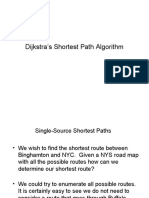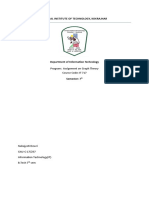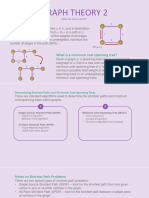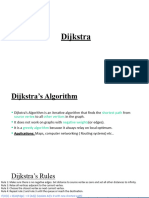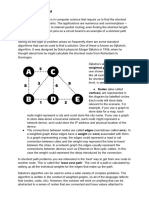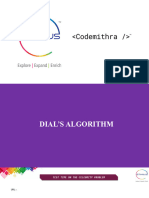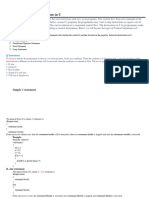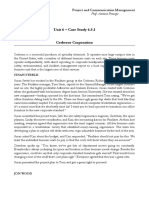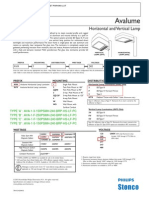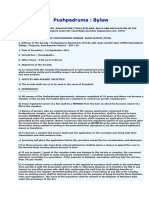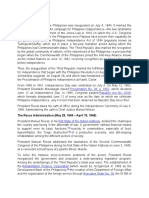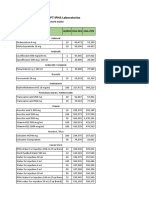0% found this document useful (0 votes)
88 views16 pagesGraph Algorithms in Data Structures
This document discusses data structures and graphs. It covers topics like graph representations, graph traversal algorithms, and single source shortest path algorithms like Dijkstra's algorithm. Example problems are provided to explain concepts.
Uploaded by
a2021cse7814Copyright
© © All Rights Reserved
We take content rights seriously. If you suspect this is your content, claim it here.
Available Formats
Download as PDF, TXT or read online on Scribd
0% found this document useful (0 votes)
88 views16 pagesGraph Algorithms in Data Structures
This document discusses data structures and graphs. It covers topics like graph representations, graph traversal algorithms, and single source shortest path algorithms like Dijkstra's algorithm. Example problems are provided to explain concepts.
Uploaded by
a2021cse7814Copyright
© © All Rights Reserved
We take content rights seriously. If you suspect this is your content, claim it here.
Available Formats
Download as PDF, TXT or read online on Scribd
/ 16




















